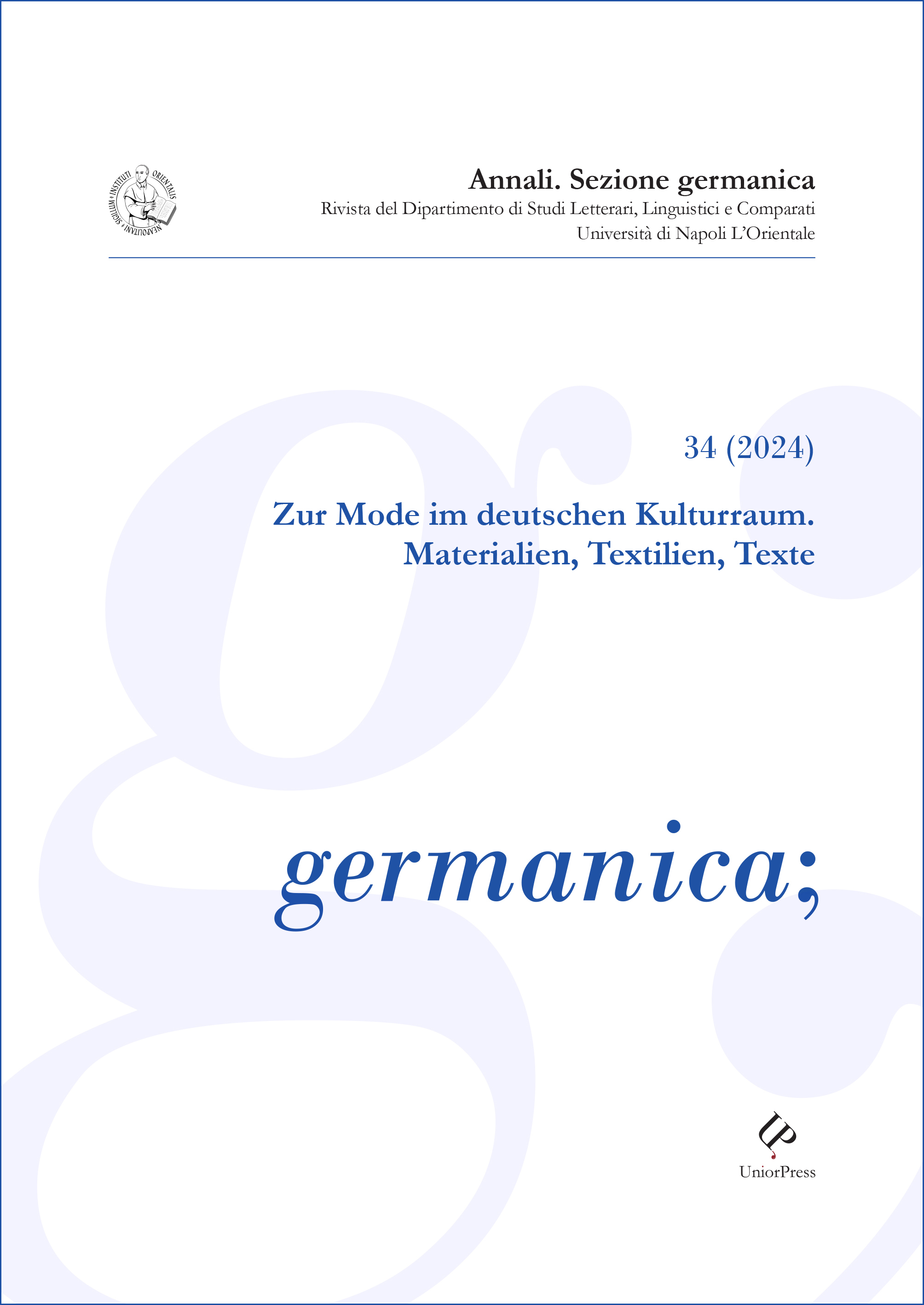African and African European characters in Bredero’s early 17th-century plays
Keywords:
early modern drama, slave trade, theatre in Amsterdam, G.A. Bredero, African EuropeansAbstract
This article explores a chapter of the Dutch ‘black archives’: the presence of fictional African and African European characters – a man, a woman, and a child, on stage and in staged narratives – and the construction of the African(ist) Other and blackness in two plays (Moortje and Spaanschen Brabander) by canonic playwright G.A. Bredero. These plays were successfully staged and printed in Amsterdam during the second decade of the 17th century, at a time when the Dutch transoceanic trades were rapidly expanding and some African Europeans appeared in the city of Amsterdam. The powerful medium of theatre reflected on that and contributed to topical discussions about dealing with racial, ethnic, and gender differences. Bredero’s plays thematized the process of racialization in highly ambivalent ways and engaged with the discourse on the legitimation of enslavement and slave trade – a discourse that was not completely stabilized yet.
Downloads
Published
How to Cite
Issue
Section
License
Copyright (c) 2025 Marco Prandoni

This work is licensed under a Creative Commons Attribution 4.0 International License.
The authors who publish in this Journal accept the following conditions:
- The authors retain the rights to their work and give the magazine the right to first publish the work, simultaneously licensed under a Creative Commons License - Attribution which allows others to share the work indicating the intellectual authorship and the first publication in this magazine.
- Authors may adhere to other non-exclusive license agreements for the distribution of the version of the published work (eg deposit it in an institutional archive or publish it in a monograph), provided that the first publication took place in this magazine.
- Authors can disseminate their work online (e.g. in institutional repositories or on their website) before and during the submission process, as it can lead to productive exchanges and increase citations of the published work (See The Effect of Open Access).


